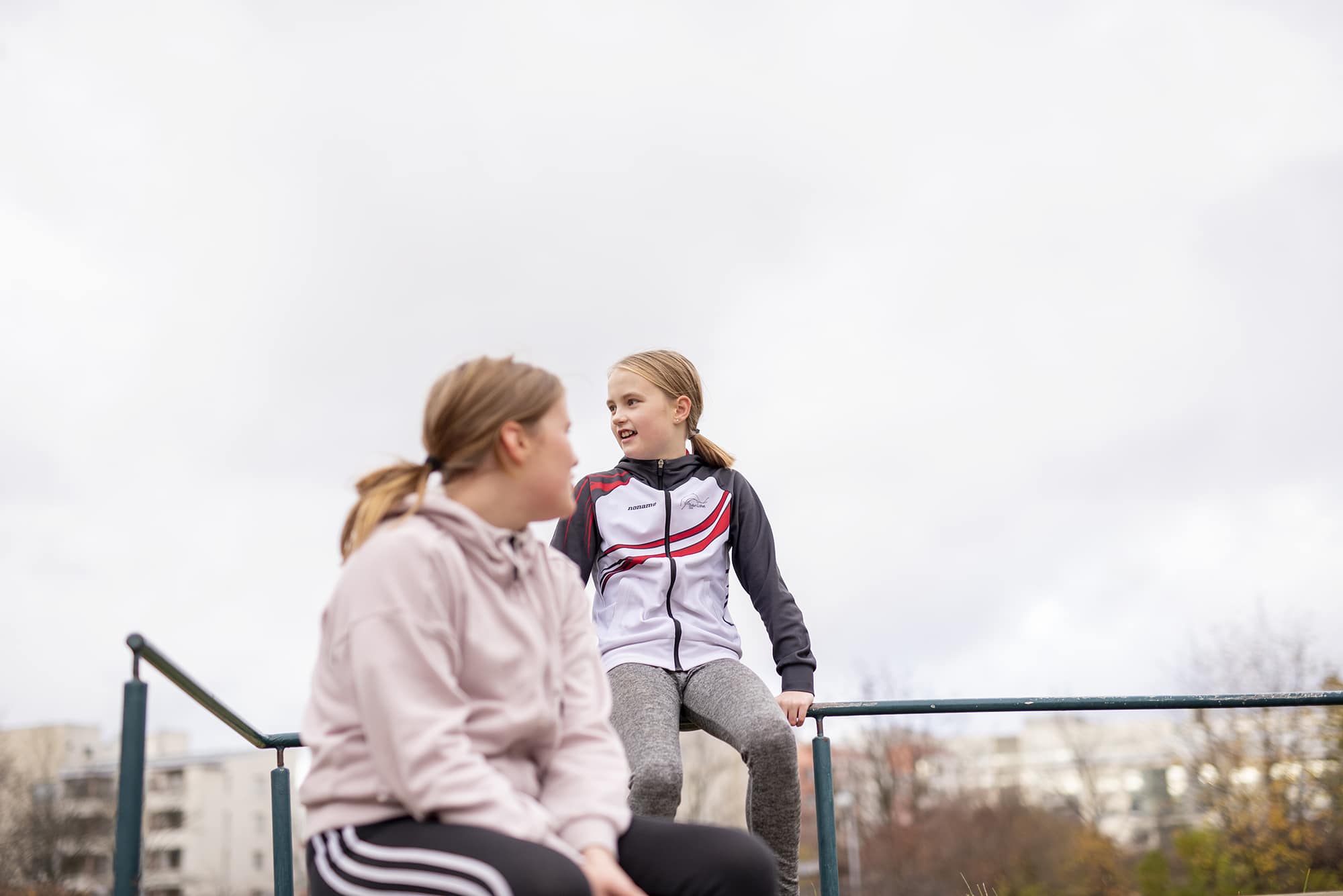
KiVa anti-bullying program
Delivery of the intervention: Group-based
Aim of the intervention: The aim of the KiVa anti-bullying program is to prevent bullying in the primary school, increase empathy among pupils and provide secure methods to intervene on bullying situations. The occurrence of bullying can be followed in schools, which participate in the program.
Description of the intervention: KiVa antibullying is an operational program, which is targeted at school children at grades from first to ninth, and it comprises preventive measures of bullying for all pupils, resolving of all bullying cases and follow up. KiVa antibullying program is based on human right and legal obligations to prevent bullying, research-based knowledge of bullying as a group phenomenon (Salmivalli et al. 1996) and negative impacts of bullying on the bully (Klomek et al. 2015; Ttofi et al. 2012) and the target of the bullying (Gini & Pozzoli 2013; Hawker & Boulton 2000; Ttofi et al. 2011). KiVa antibullying contains thematic and targeted classroom lessons for all pupils and targeted measures for the bullying situations. The program measures include also a KiVa team consisting of teachers who resolve bullying cases, KiVa-material delivered to families and KiVa logos presented at schools. Follow up of the bullying prevention and realization of the measures is conducted via annual questionnaires. Digital KiVa appliations have been developed to supplement the guidebook and material for teachers.
Availability of the intervention in Finland: No training is required for adopting the KiVa antibullying program because its application is based on the guidebook for teachers, teaching and training materials and various KiVa applications. KiVa antibullying program has been developed in Finland at the University of Turku in cooperation of stakeholders, parents, children and professionals of various fields. Approximately a half of the Finnish primary schools used the KiVa antibullying program in 2019. The program is available in Finland for all educational institutions, which provide primary education.
Research- and evidence-based efficacy of the intervention: The KiVa antibullying program has been investigated in international studies and Finnish RCT- and quasi-experimental study designs. In the Finnish RCT-study conducted in 275 schools, bullying was reduced among pupils of 4th to 6th grades in the intervention group (n = 4 201), which participated in KiVa, compared to the control group (n = 3 965) (Kärnä et al. 2011a). In a 9-month follow up of a Finnish quasi-experimental study, bullying was reduced among pupils from the first to ninth grades in primary schools using the KiVa antibullying program as compared to schools not using it (Kärnä et al. 2011b). Bullying or becoming a target of bullying was 1,2 times greater in comparison schools (not using the program). The impact of the intervention increased in the first four grades but in other grades the effectiveness was reduced and there was no statistical significance between the intervention and comparison groups in the secondary schools. There is research-based evidence of effectiveness of KiVa antibullying program in reducing bullying and the program has been evaluated as a strong intervention.
Literature:
- Gini, G. & Pozzoli, T. (2013). Bullied children and psychosomatic 618 problems: A meta-analysis. Pediatrics 132, 720–729.
- Hawker, D. S. J. & Boulton, M. J. (2000). Twenty years’ research on peer victimization and psychosocial maladjustment: a meta-analytic review of cross-sectional studies. Journal of Child Psychology and Psychiatry, 41(4), 441–455.
- Klomek, A. B., Sourander, A. & Elonheimo, H. (2015). Bullying by peers in childhood and effects on psychopathology, suicidality, and criminality in adulthood. Lancet Psychiatry, 2(10), 930–941.
- Kärnä, A., Voeten, M., Little, T. D., Poskiparta, E., Kaljonen, A. & Salmivalli, C. (2011a). A large-scale evaluation of the KiVa antibullying program: grades 4-6. Child Development, 82(1), 311–330.
- Kärnä, A., Voeten, M., Little, T. D., Poskiparta, E., Alanen, E. & Salmivalli, C. (2011b). Going to scale: A nonrandomized nationwide trial of the KiVa antibullying program for grades 1–9. Journal of Consulting and Clinical Psychology, 79(6), 796–805.
- Salmivalli, C., Lagerspetz, K. M. J., Björkqvist, K., Österman, K. & Kaukiainen, A. (1996). Bullying as a group process: Participant roles and their relations to social status within the group. Aggressive Behavior, 22, 1–15.
- Ttofi, M. M., Farrington, D. P., Lösel, F. & Loeber, R. (2011). Do the victims of school bullies tend to become depressed later in life? A systematic review and meta‐analysis of longitudinal studies. Journal of Aggression, Conflict and Peace Research, 3(2), 63–73.
- Ttofi, M. M., Farrington, D. P. & Lösel, F. (2012). School bullying as a predictor of violence later in life: A systematic review and meta-analysis of prospective longitudinal studies. Aggression and Violent Behavior, 17(5), 405–418.